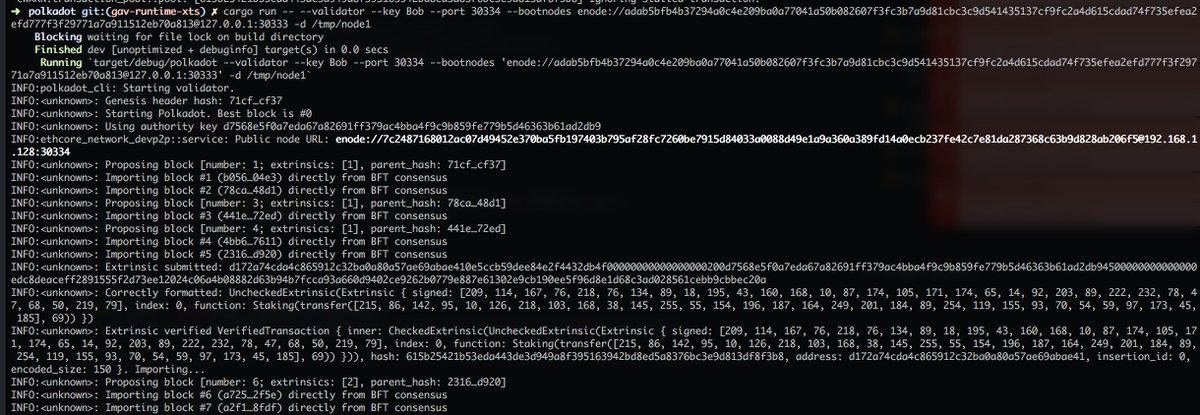Wondering how to stake your dots with a Ledger device? Fortunately u/cryptovestor gave a nice set of instructions in a reply on r/dot. Check them out:
Assuming you have installed the Polkadot app on your Ledger, you can do it all at polkadot.js by enabling Ledger support in settings tab. Then you connect your Ledger, unlock it and hit the “Query Ledger” button on the accounts page. Now your Polkadot account on your Ledger should show up in the list of accounts.
I plan to use the hw wallet to protect just the stash account, like so: (this is my plan, yours may differ)
- Unbond all stake in existing accounts and wait for unbonding period
- Move funds to Ledger’s Polkadot address
- Create a new controller account using the polkadot{.js} web extension
- Assign controller account to ledger polkadot account using “change controller account” function here
- Bond the funds at the new Ledger address
- Manage nominations via the new controller account.
This results in the stash being protected by the ledger but I can still manage nominations with the controller account, which doesn’t have the rights to transfer my funds.
Stakin4All blog
In addition to the above guide from cryptovestor, there is a great guide written by Stakin4All on Medium. It goes into some depth about using the Ledger device, including how to stake.
There is a great use of pictures too, so I recommend checking it out:



